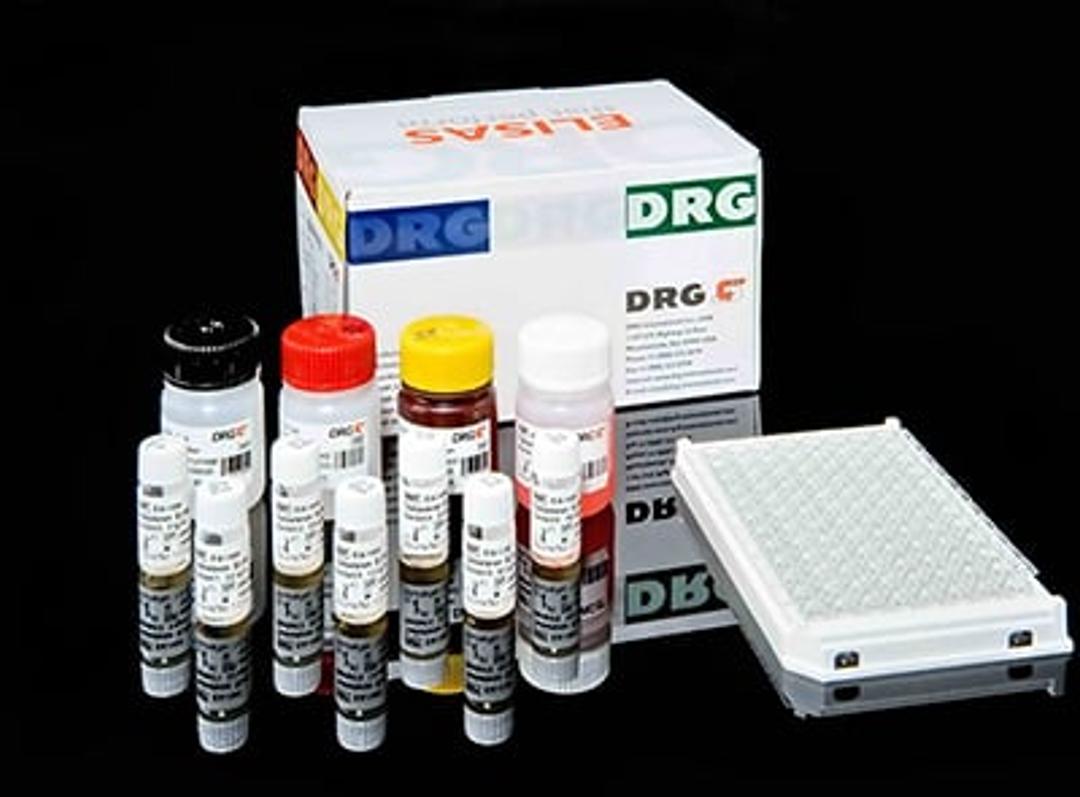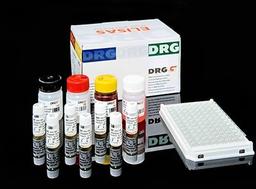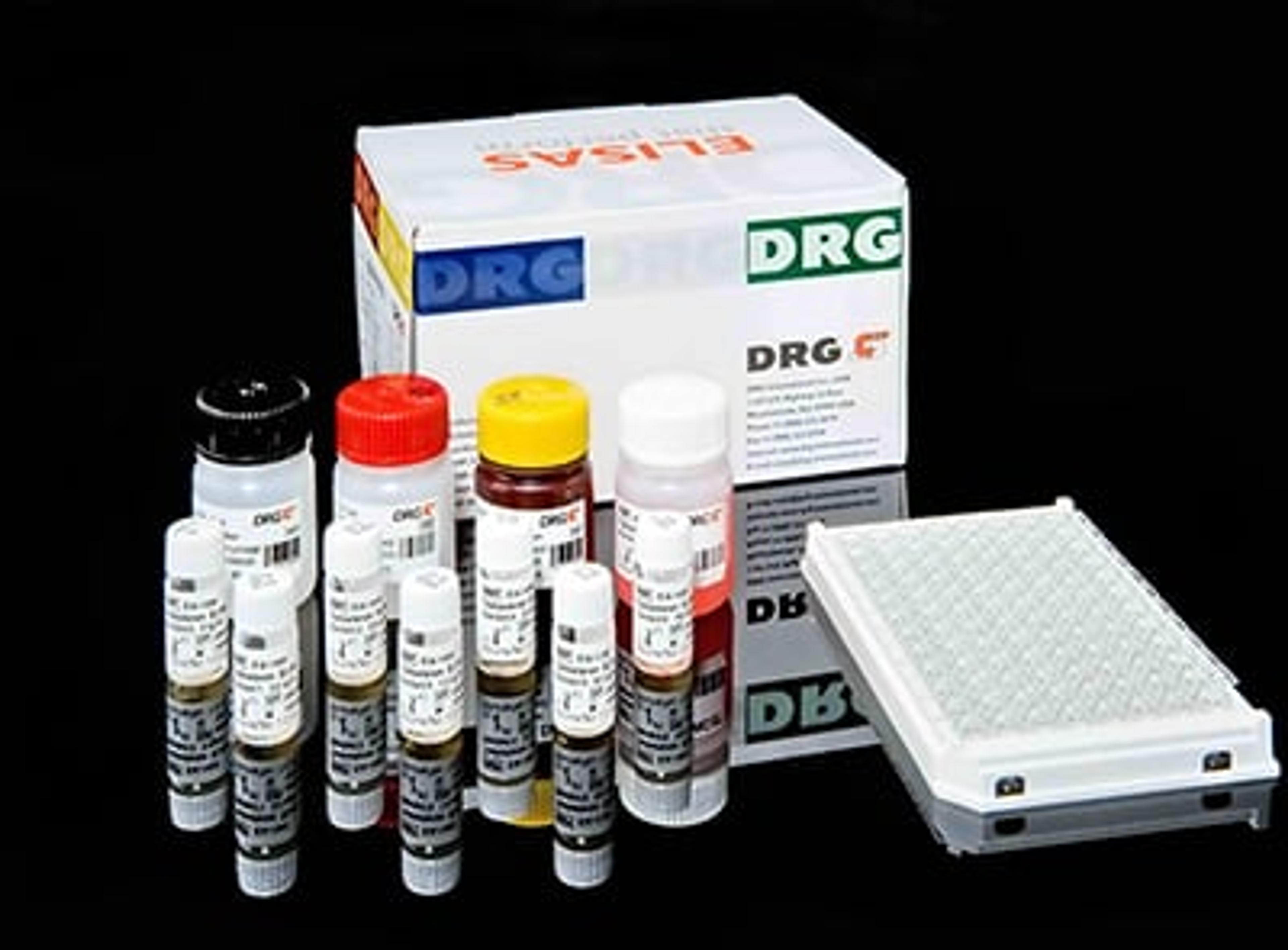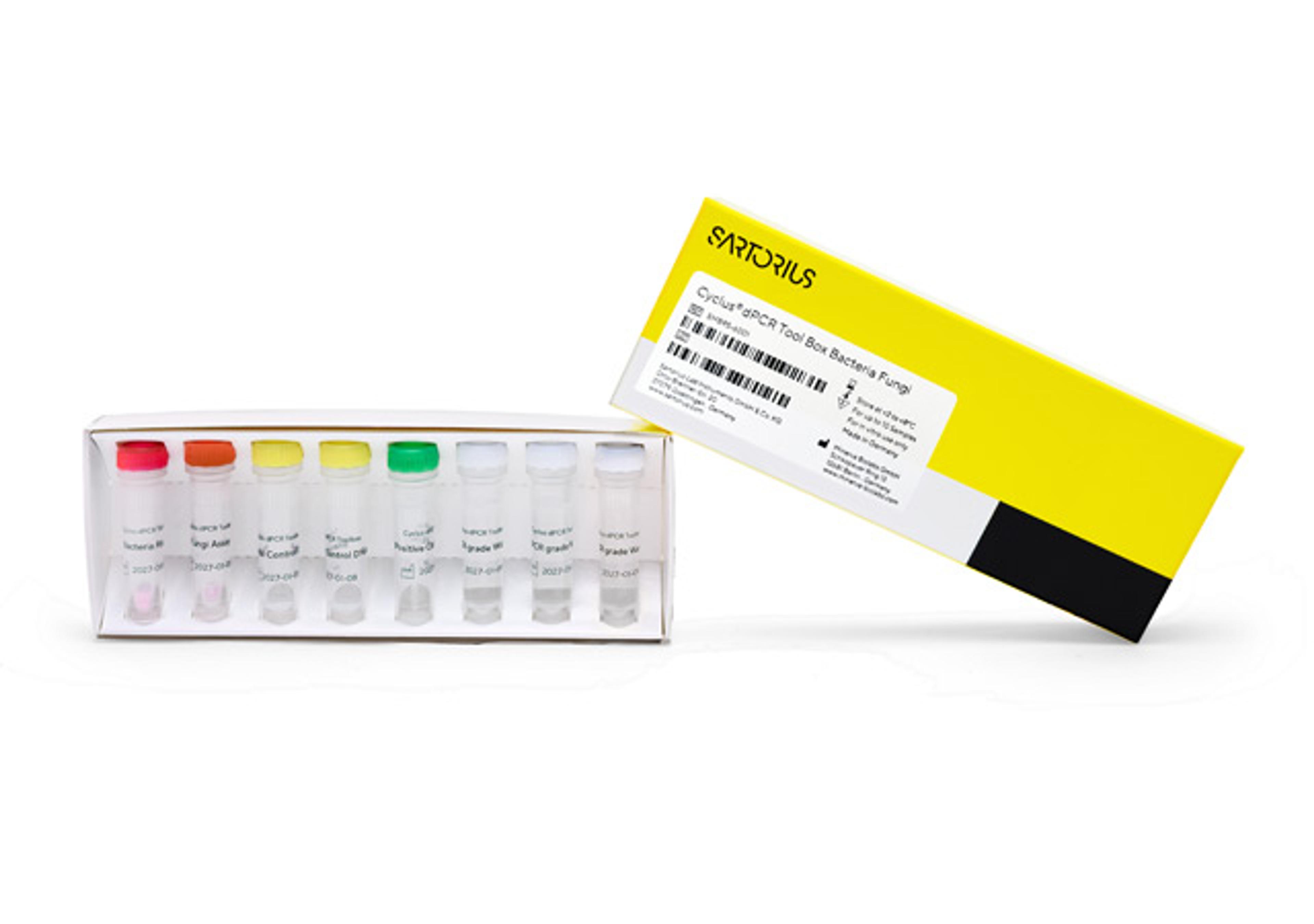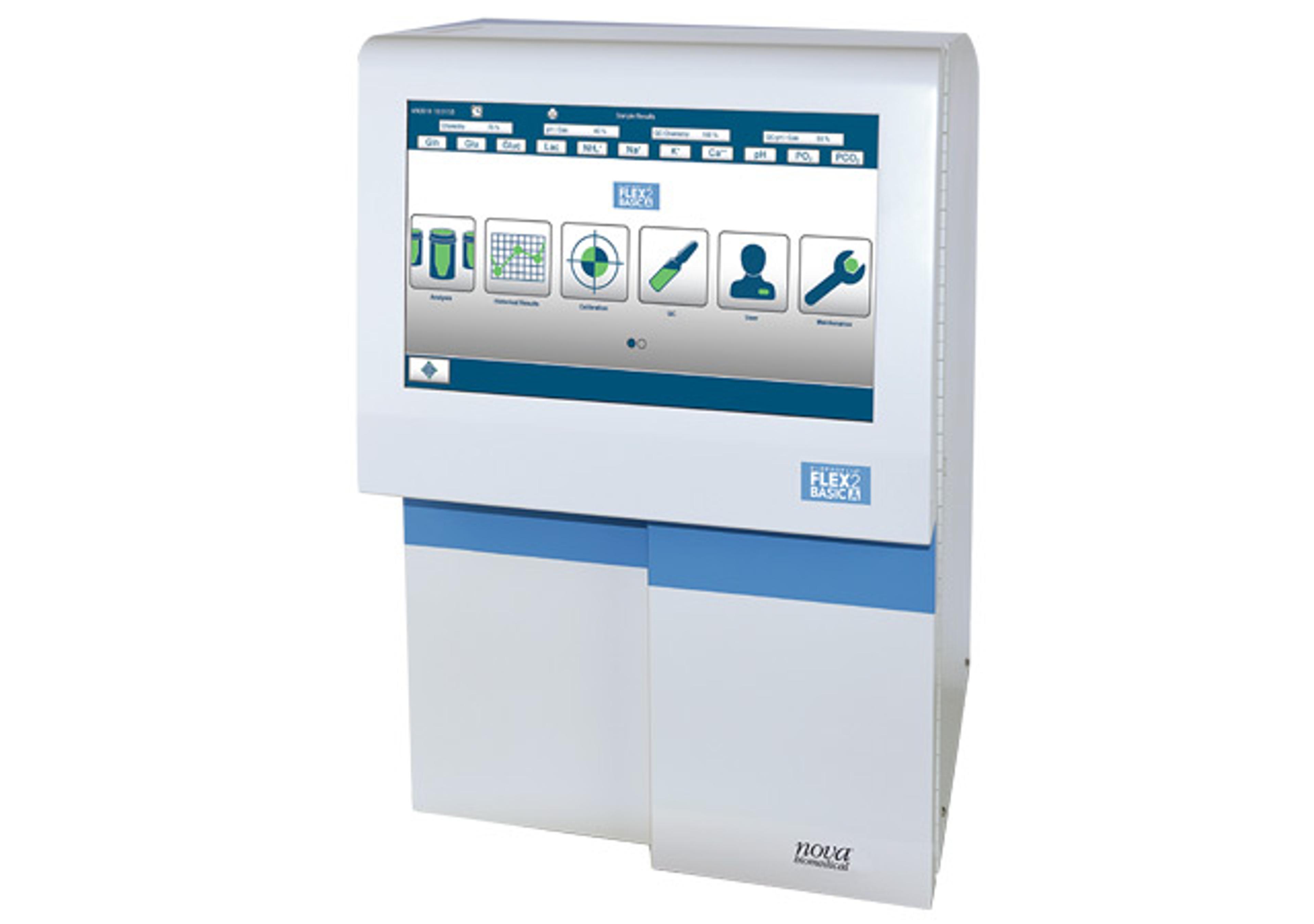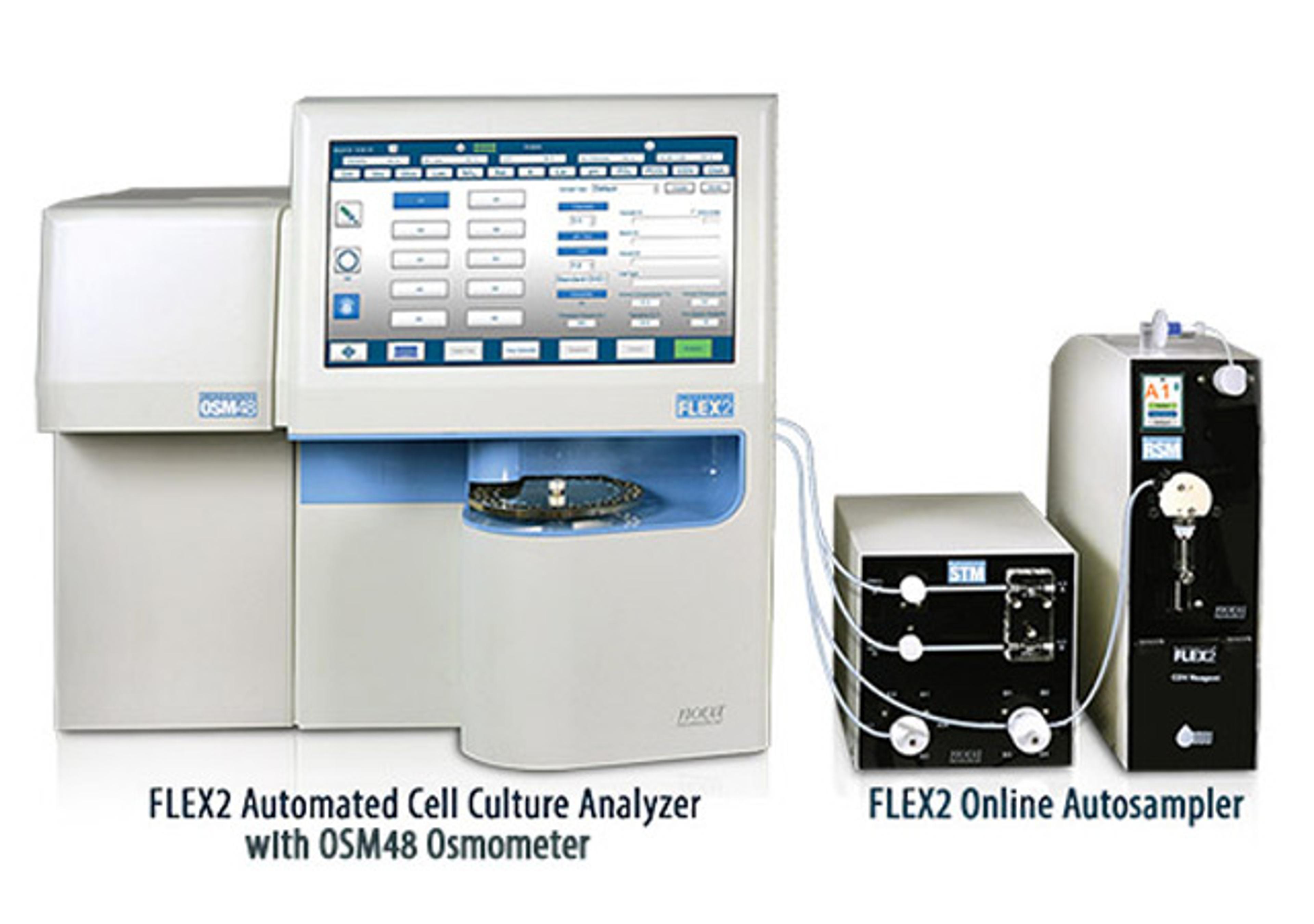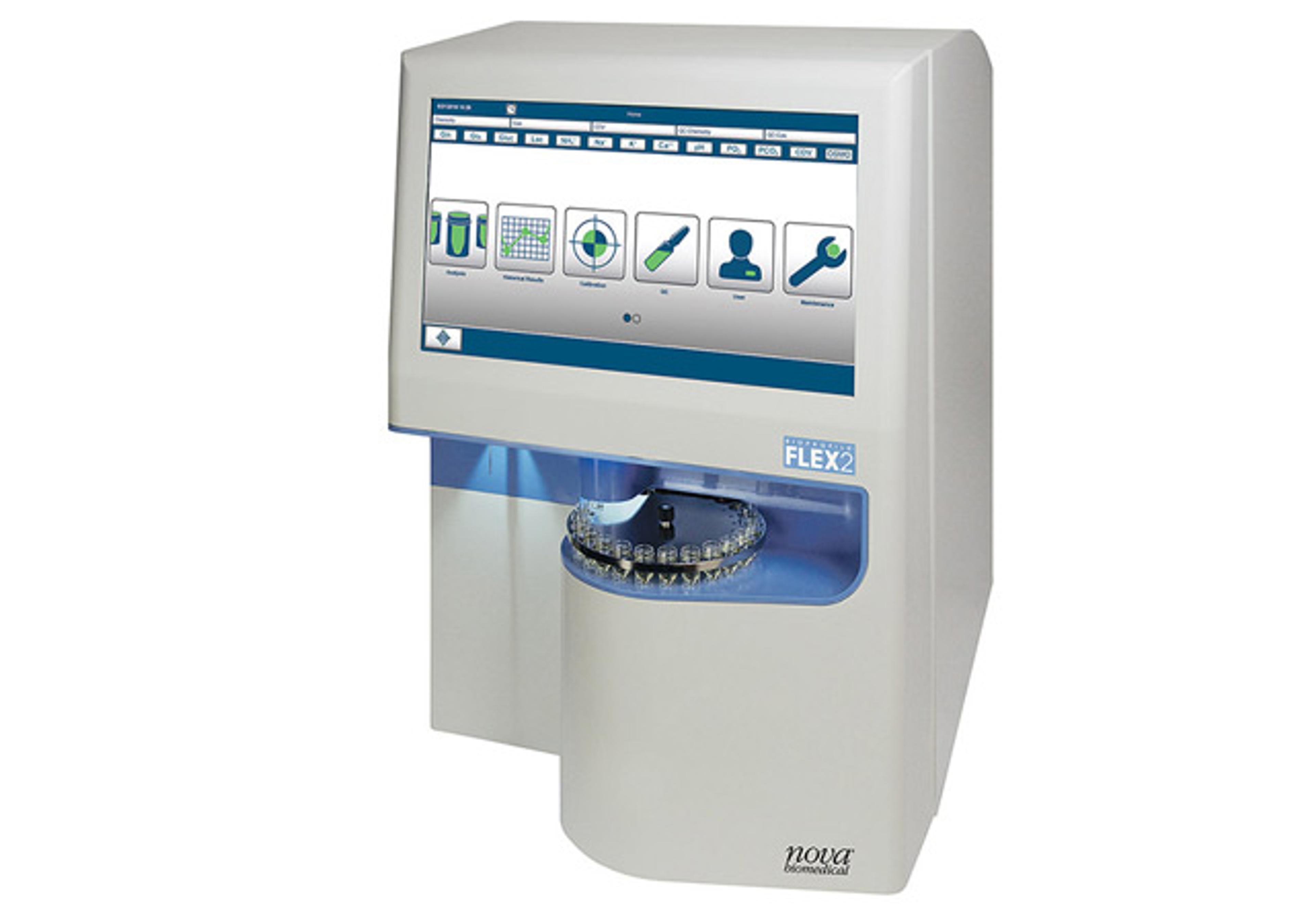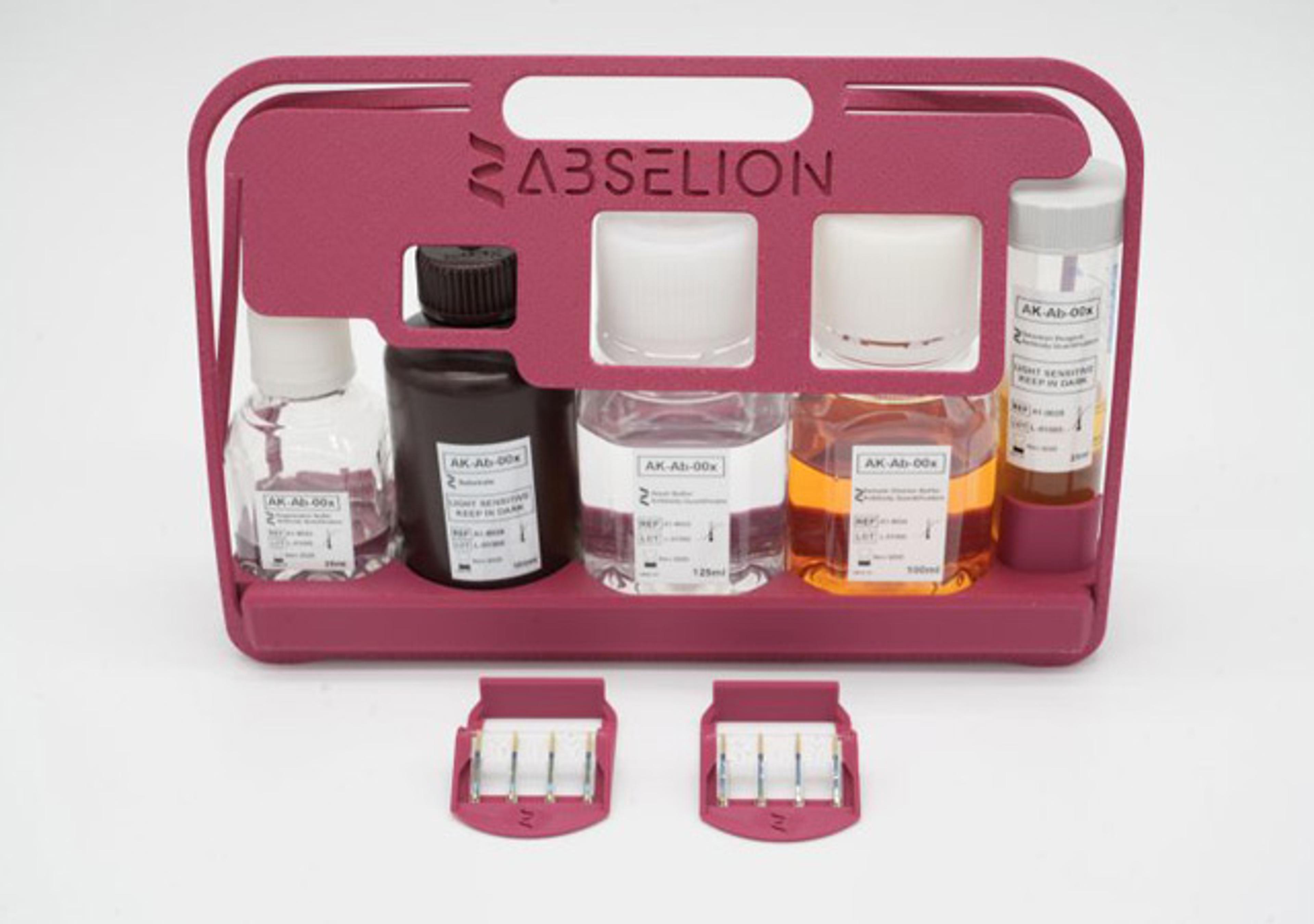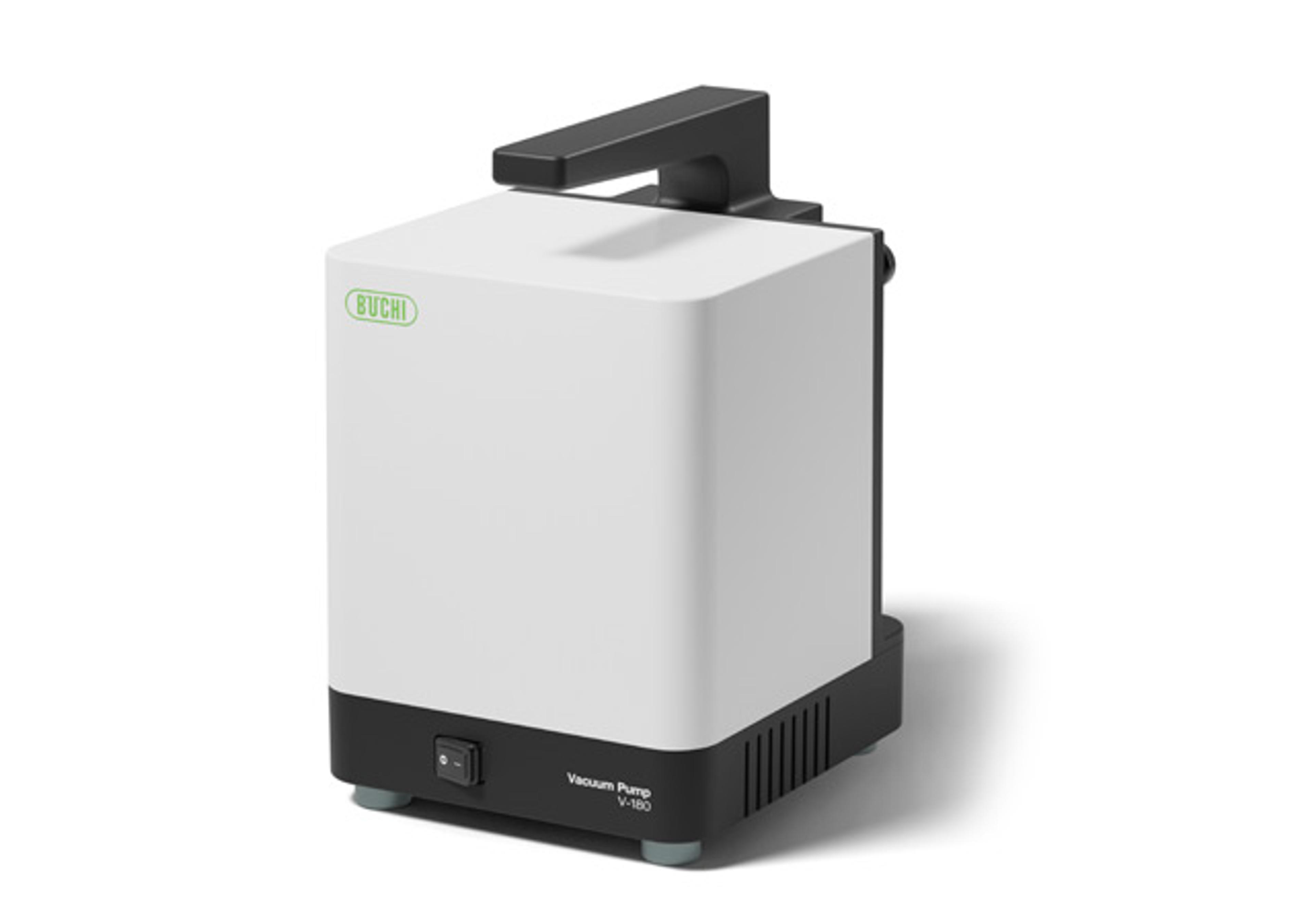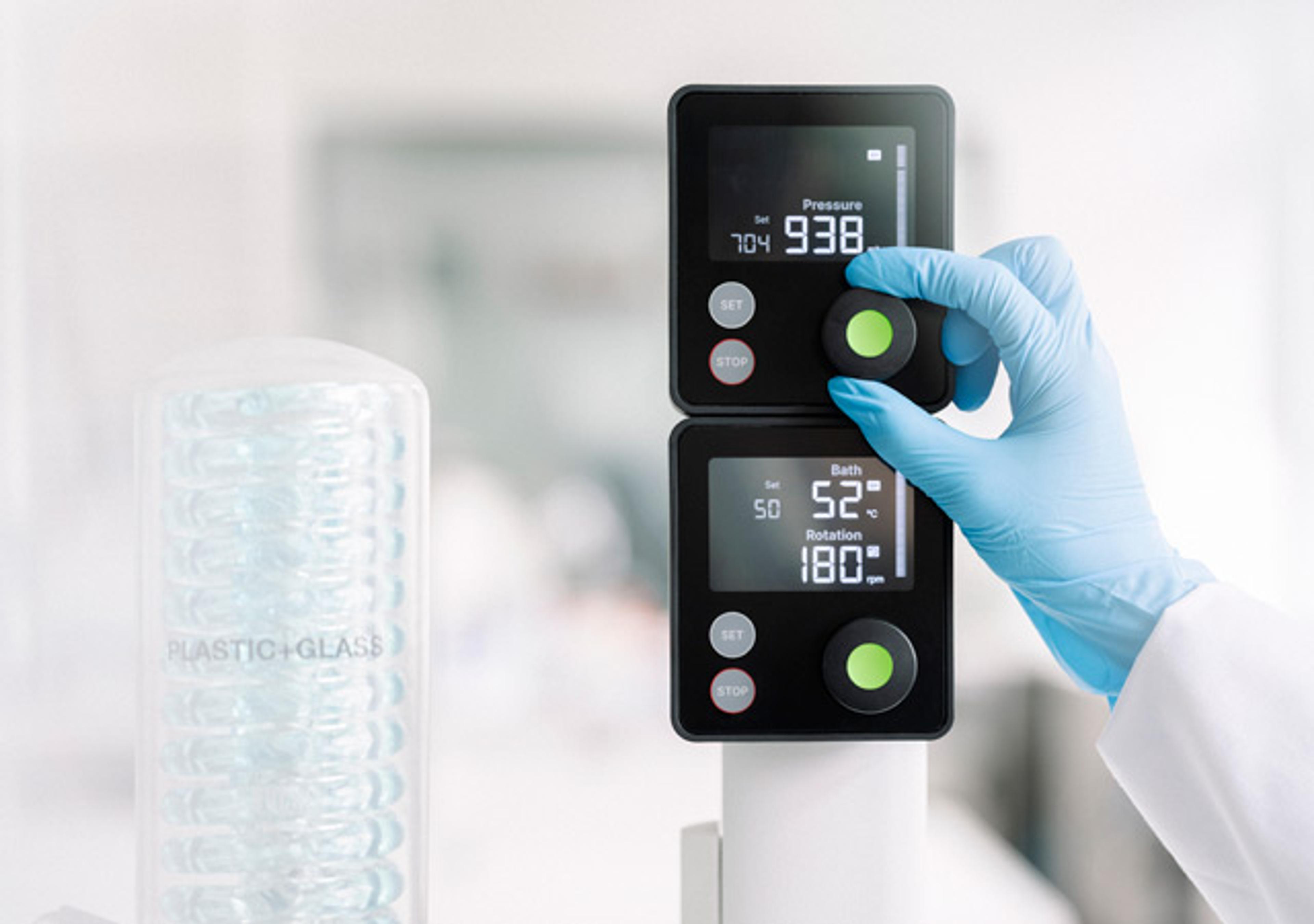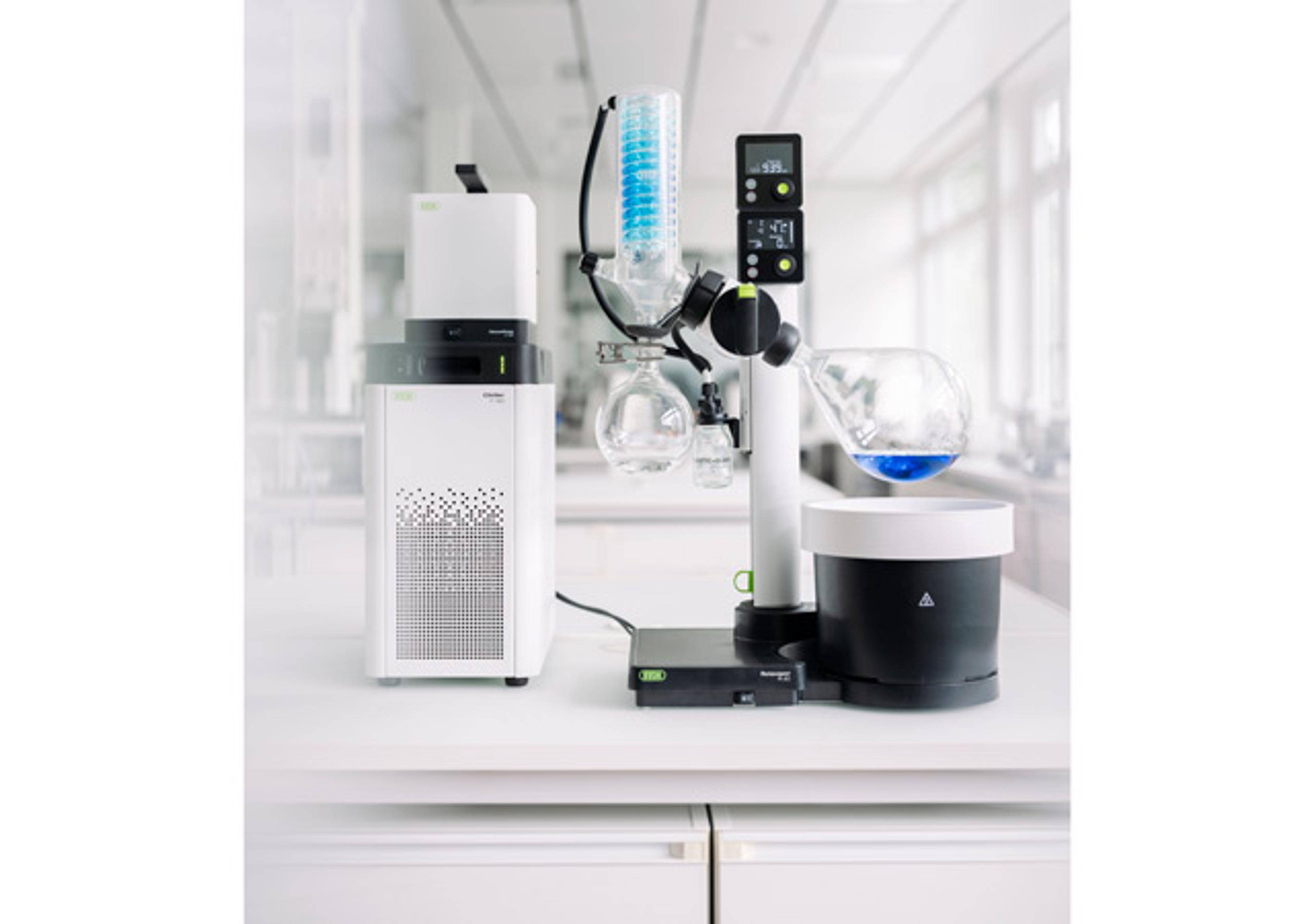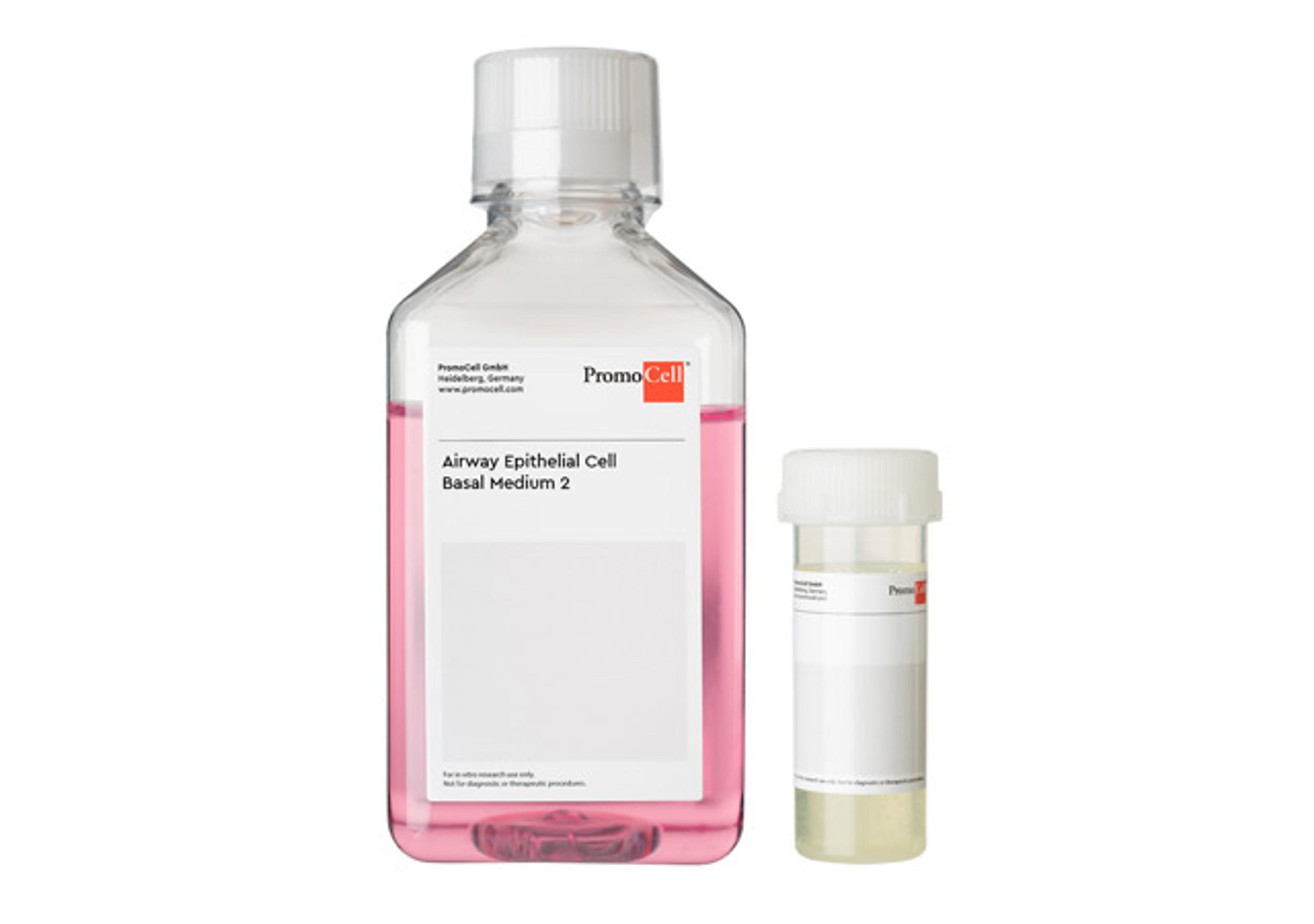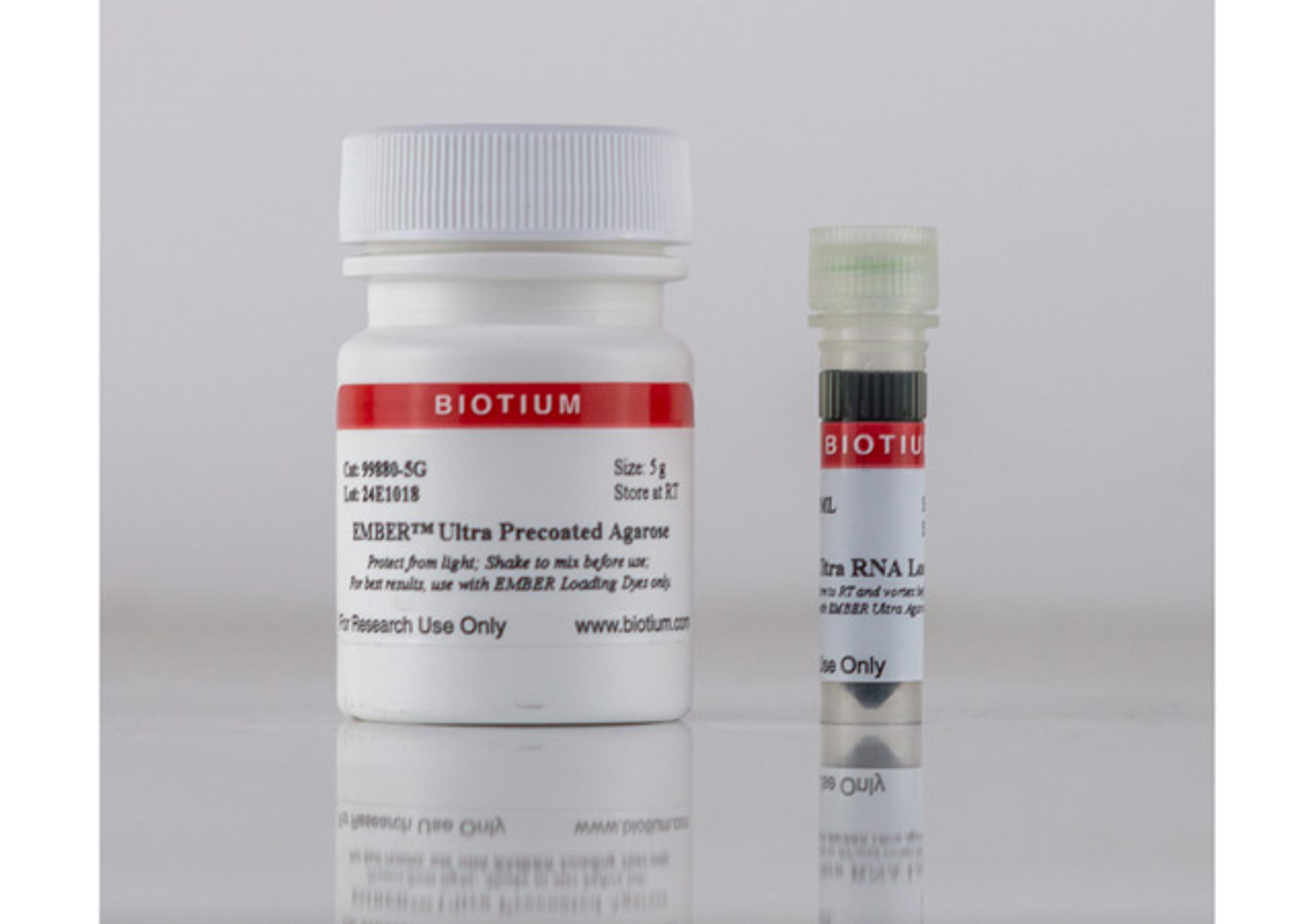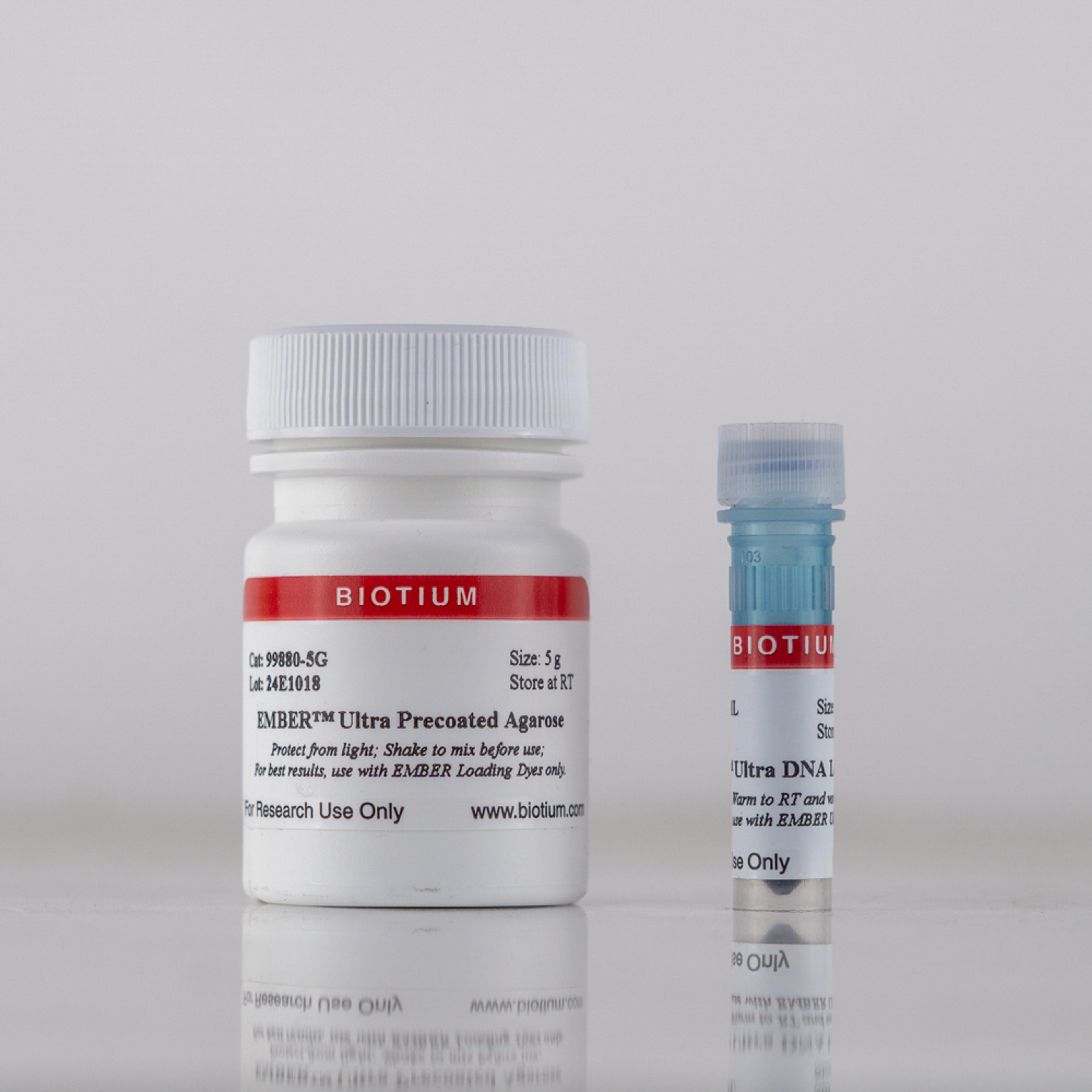ASCA IgG
High Quality Assays with Reproducible and Reliable Results

The supplier does not provide quotations for this product through SelectScience. You can search for similar products in our Product Directory.
ASCA IgG is used for the quantitative and qualitative determination of IgG antibodies to Saccharomyces cerevisiae in human serum. Non-specific inflammatory bowel diseases including Crohn’s disease (Enteritis regionalis) and ulcerative colitis (UC) are characterized by unknown etiology as well as chronic-remitting inflammatory processes of the intestine. Whereas the inflammation of ulcerative colitis is restricted to the mucosa and submucosa of colon and rectum, Crohn’s disease (CD) shows a wide spread inflammation of the gastro-intestinal tract with granuloma formation. The risk developing one of these diseases is strongly influenced by immunologic,genetic, infectious and environmental factors. The differential diagnosis of inflammatory bowel diseases to chronic diarrhea, recurrent abdominal dolor, infectious colitis, anorexia as well as the differentiation of CD to ulcerative colitis is still a high challenge. The determination of IgA and IgG antibodies to Saccharomyces cerevisiae (baker’s yeast) has been described as one important serological marker for the differential diagnosis of Crohn’s disease recently. Up to 70 % of patients with CD show antibody levels to Saccharomycescerevisiae. Although the cause for their occurrence has been unclear, antibodies to Saccharomyces cerevisiae (ASCA) are strongly associated with inflammatory processes of the intestine. In combination with the detection of autoantibodies to atypical anti-neutrophil cytoplasmic antigens (aANCA) which are mainly found in patients with ulcerative colitis, ASCA are a valid parameter for the differentiation of Crohn’s disease and ulcerative colitis. DRG offers two innovative serological markers for inflammatory bowl diseases: ASCA IgA and ASCA IgG. Both assays employ the same assay scheme and predilution maximizing laboratory efficiency.ASCA IgG is an enzyme immunoassay for the quantitative determination of IgG antibodies to Saccharomyces cerevisiae in human serum. Autoantibodies of the diluted patient samples, the control, and calibrators react with mannan (cell surface component of baker’s yeast) immobilized on the solid phase of a microtiter plate. ASCA IgG guarantees the specific binding of anti-Saccharomyces cerevisiae IgG antibodies of the specimen under investigation by employing purified mannan of Saccharomyces cerevisiae for coating. Following an incubation period of 60 min at room temperature, unbound sample components are removed by a wash step. The bound IgG antibodies react specifically with anti-human-IgG conjugated to horseradish peroxidase (HRP). Within the incubation period of 30 min at RT, excessive conjugate is separated from the solid-phase immune complexes by the following wash step. HRP converts the colorless substrate solution of 3,3’,5,5’-tetramethylbenzidine (TMB) added into a blue product. The enzyme reaction is stopped by dispensing an acidic solution into the wells after 15 min at room temperature turning the solution from blue to yellow. The optical density (OD) of the solution at 450 nm is directlyproportional to the amount of specific antibodies bound. The standard curve is established by plotting the antibody concentrations of the calibrators (x-axis) and their corresponding OD values (y-axis) measured. The concentration of antibodies of the specimen is directly read off the standard curve. Evaluating the test by a semi-quantitative method is also possible.

